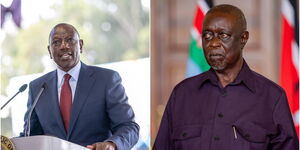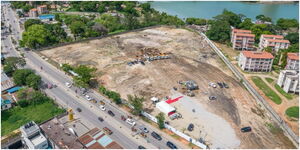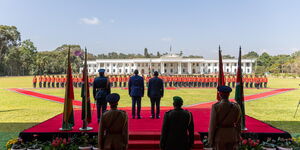The Kenya National Highways Authority (KeNHA) has announced changes in the procurement strategy for the construction of the 749-kilometre highway connecting Isiolo and Mandera counties.
In a notice published on Tuesday, August 5, the Authority revealed that the initial project procurement strategy had been updated to reflect current market conditions, changes in contract packaging, and revised cost estimates.
KeNHA disclosed that the changes were also necessary to include activities that were not explicitly detailed in the original general procurement notice published before the road construction works officially began.
The updated procurement plan will now see the construction of additional bridges, approach roads, and other access road infrastructure at Rhamu and Mandera routes.
It will also include the construction of trade facilitation centres, One-Stop Border Posts, and Kenya Revenue Authority (KRA) staff accommodation units at Rhamu and Mandera.
KeNHA will also undertake the construction of virtual weighbridge stations at three proposed sites along the Isiolo- Mandera Road Corridor.
Additionally, KeNHA will also ensure the installation of a fibre optic cable along the Elwak-Mandera route to facilitate internet connectivity and enhance communication.
According to the Authority, the new improvements would be made using part of the proceeds from the International Development Association (IDA), a branch of the World Bank.
The 749-kilometre road is part of the Horn of Africa Gateway Development Project, a flagship regional initiative aimed at improving regional connectivity between Kenya and its neighbouring countries, particularly Ethiopia and Somalia.
Its full construction commenced in May this year, with the construction expected to cost an estimated Ksh85 billion for the next three years.
Upon its completion, the road is expected to enhance trade and economic integration across the North Eastern region of Kenya by investing in border infrastructure and related logistics support systems.
The project also seeks to facilitate cross-border movement of goods and people, reduce transportation costs, and unlock economic opportunities for marginalised areas.












